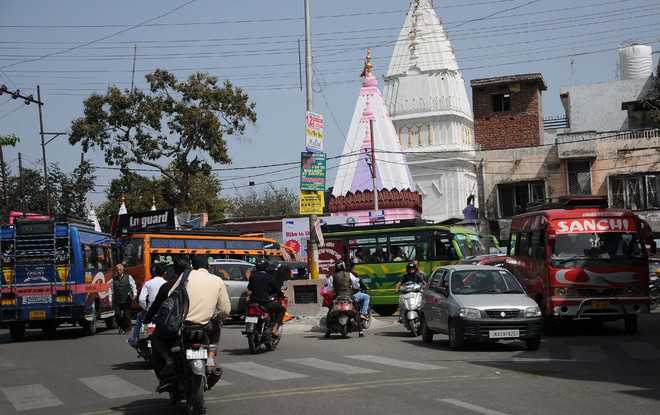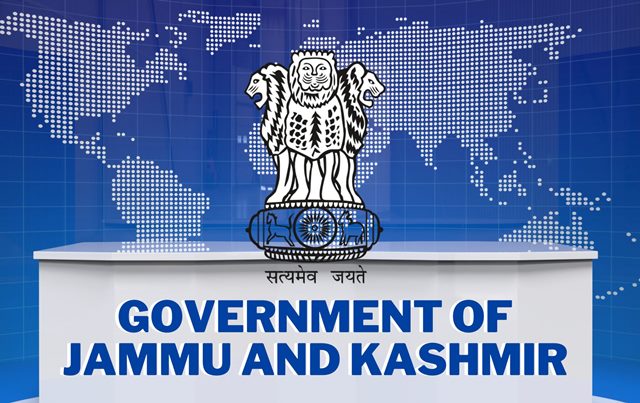The Pakistan Army launched a wave of drone attacks targeting military installations, airbases, and civilian infrastructure across six districts in the Jammu region. However, India’s robust air defence network successfully intercepted and neutralized all hostile aerial threats, officials confirmed late Friday night.
Air defence systems are military platforms designed to detect and destroy aerial threats such as drones, helicopters, aircraft, and missiles. These systems operate through integrated radar and sensor networks that identify incoming threats in real time.
India’s Air Defence Shield Shows Its Strength
The Indian Armed Forces showcased the strength of an air defence ecosystem that has been meticulously built over the past decade. Officials highlighted that the response not only thwarted the attacks but also exposed the vulnerabilities in Pakistan’s own air defence systems.
Integration of Advanced Technologies Creates a Powerful Aerial Shield
India’s response involved the seamless coordination of multiple defence platforms, including:
- Integrated Counter-Unmanned Aerial System (UAS) Grid
- S-400 Triumf Surface-to-Air Missile Systems
- Indigenous Akash Surface-to-Air Missiles
- DRDO’s Anti-Drone Technologies and Man Portable Counter Drone Systems (MPCDS).
- Barak-8 Medium-Range Surface-to-Air Missiles (MR-SAM): Developed with Israel. Covers over 70 km. Indian Air Force, Army, and Navy are progressively inducting the system.
- Akash: Indigenous system with a 25-km range. The Air Force has inducted 15 squads under a ₹10,900 crore deal. The Army operates four regiments, with more planned.
Together, these systems formed an impenetrable aerial shield capable of neutralizing both missiles and drones launched from Pakistan across the Line of Control (LoC) and International Border (IB).
A Decade of Investment Under Modi Government
Officials credited the preparedness to the Modi government’s consistent investments since 2014 in strengthening India’s air defence capabilities. Notable milestones include:
- A Rs 35,000 crore deal signed in 2018 with Russia for five S-400 Triumf Squadrons, of which three are operational along the Pakistan and China borders.
- A $2.5 billion agreement signed in 2017 with Israel for the Barak-8 MR-SAM systems, now deployed at key locations like Bhatinda in Punjab.
DRDO’s Innovations Take Center Stage
In 2024, India installed several indigenous systems developed by the Defence Research and Development Organisation (DRDO), including advanced counter-drone technologies and MPCDS units. These technologies played a critical role in jamming and disabling incoming UAVs.
Combat Debut for Indian-Made Loitering Munitions
Officials also confirmed that loitering munitions—also known as suicidal drones—saw combat for the first time. Ordered in 2021 and manufactured in India, these drones conducted precision strikes, catching Pakistani defences off guard.
Israel-Origin Harop Drones Strike Karachi, Lahore
Locally built Harop drones, of Israeli origin, were deployed to destroy Pakistani air defence infrastructure in key cities including Karachi and Lahore. These missions were coordinated with Rafale fighter jets equipped with SCALP and HAMMER missiles, further demonstrating India’s capability for deep-strike precision and power projection.
Integrated Air Defence Network
India’s air defence systems are integrated through the Air Defence Ground Environment System (ADGES) and Base Air Defence Zones (BADZ). These networks provide wide-area radar coverage and coordinate the deployment of missile systems to protect vital assets and regions.
This multi-tiered approach ensures that India can effectively detect, track, and neutralize a wide range of aerial threats, maintaining the security of its airspace.
















